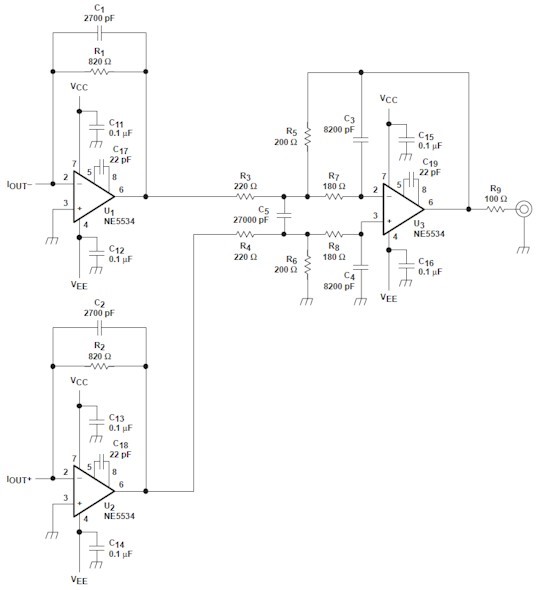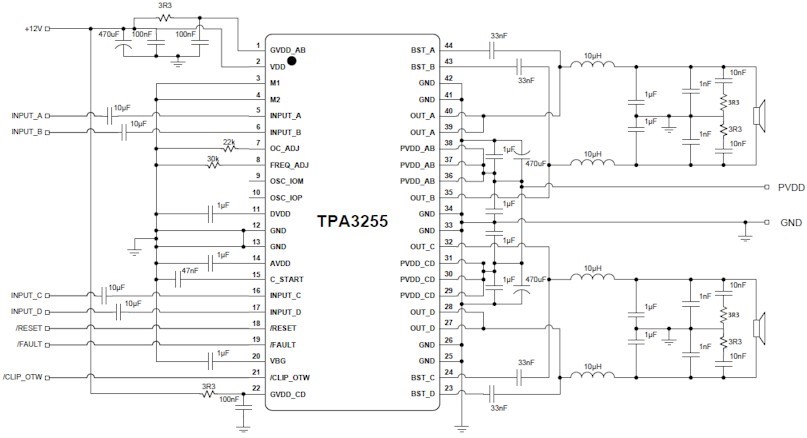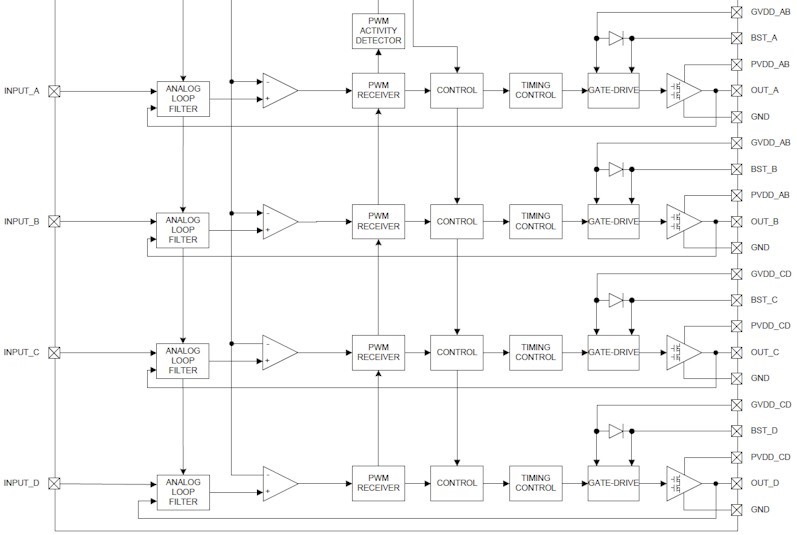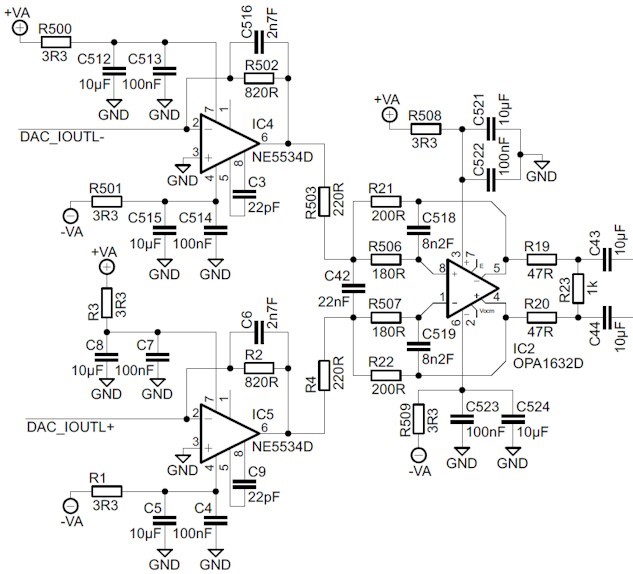Other Parts Discussed in Thread: TPA3255, , OPA1612, OPA1678, OPA1632, TINA-TI
Hi TI experts,
I would like to feed TPA3255 directly from PCM1976 with balanced signal - PCM1796 has balanced output and TPA3255 has balanced input, so it should work well ;) Could you give me some examples how to connect them together to get best audio results?
Thanks, Tomasz






